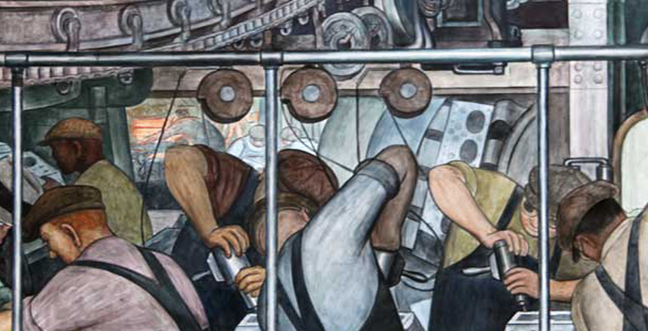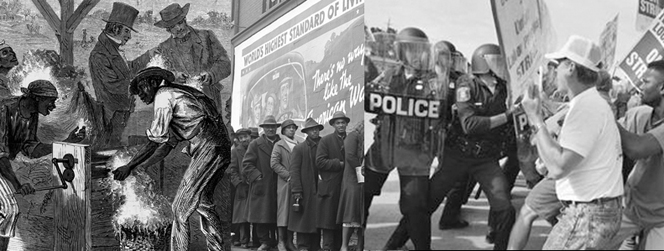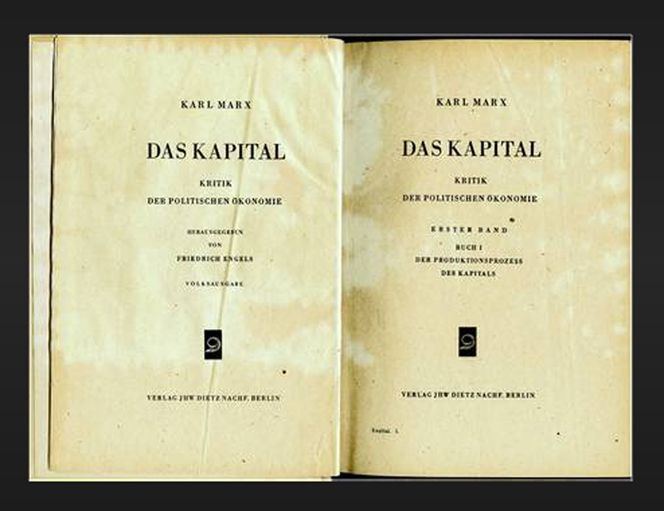use value

Highlights of Marx’s Capital, Volume I
A 9 Session Class and Discussion with Juliet Ucelli Thursdays, 5:30 to 7:30 pm Over the past 40 years, many of us have needed to work longer and longer hours—and often more than one job—in order to survive. This longer working day has also become more intense and saps more of our energy. These trends, ... Read more

Introduction to Marxism
In this course we will be concerned with some of the main ideas of Karl Marx and Frederick Engels, focusing on the materialist understanding of history, and the theory of surplus value.

Highlights of Capital, Volume 1
CAPITAL is the indispensable sourcebook on Marx’s method for analyzing the economy, politics and struggles. Many of us have less time to study it because, as Marx predicted, we have to work longer hours— and often more than one job—in order to survive. Fortunately, even a basic familiarity with the key concepts of Volume I offers many tools for understanding capitalism’s dynamics.

Highlights of Marx’s Capital, Volume One
Many of us have less time to study it because, as Marx predicted, we have to work longer hours— and often more than one job—in order to survive. Fortunately, even a basic familiarity with the key concepts of the first Volume of Capital offers many tools for understanding capitalism’s dynamics.

Capital, Volume One
Capital remains the fundamental text for understanding how capitalism works. By unraveling the commoditized forms of our interactions with nature and each other, it provides tools to understand capitalism’s astounding innovativeness and productivity, intertwined with growing inequality and misery, alienation, stunting of human potential, and ecological destruction all over the globe.

Capital, Volume One
Capital remains the fundamental text for understanding how capitalism works. By unraveling the commoditized forms of our interactions with nature and each other, it provides tools to understand capitalism’s astounding innovativeness and productivity, intertwined with growing inequality and misery, alienation, stunting of human potential, and ecological destruction all over the globe.

Capital, Volume One
Capital remains the fundamental text for understanding how capitalism works. By unraveling the commoditized forms of our interactions with nature and each other, it provides tools to understand capitalism’s astounding innovativeness and productivity, intertwined with growing inequality and misery, alienation, stunting of human potential, and ecological destruction all over the globe.

Capital, Volume One
Capital remains the fundamental text for understanding how capitalism works. By unraveling the commoditized forms of our interactions with nature and each other, it provides tools to understand capitalism’s astounding innovativeness and productivity, intertwined with growing inequality and misery, alienation, stunting of human potential, and ecological destruction all over the globe.

Capital, Volume One
Capital remains the fundamental text for understanding how capitalism works. By unraveling the commoditized forms of our interactions with nature and each other, it provides tools to understand capitalism’s astounding innovativeness and productivity, intertwined with growing inequality and misery, alienation, stunting of human potential, and ecological destruction all over the globe.
